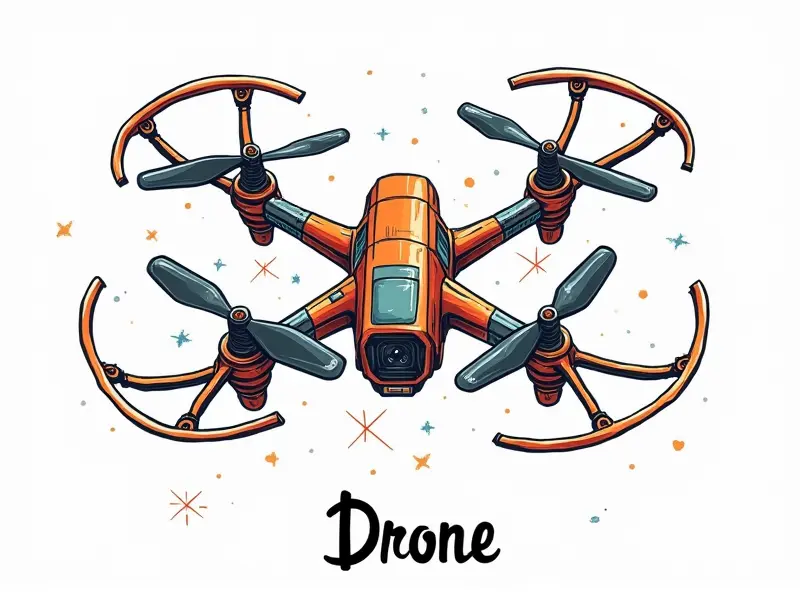Drone propeller types explained

Understanding Drone Propellers: A Comprehensive Guide
Welcome to our comprehensive guide on drone propellers. Whether you're a seasoned pilot or just starting out, understanding the nuances of drone propellers is crucial for achieving optimal flight performance and stability.
Choosing the Right Propeller for Your Drone
Selecting the right propeller for your drone involves considering several factors such as propeller size, material, pitch, and design. Each aspect plays a critical role in determining how well your drone will perform under various conditions.
Propeller Basics for Beginner Drone Pilots
- Size: Propellers come in different sizes, typically measured by diameter (e.g., 10x4.5).
- Pitch: The pitch determines how far the propeller moves forward with each rotation.
- Material: Common materials include plastic and carbon fiber, each offering unique advantages.
Maximize Flight with Optimal Props
To maximize flight performance, it's essential to choose props that match your drone’s motor capabilities. Over or underpowered propellers can lead to reduced efficiency and increased wear on components.
Propeller Pitch: What You Need to Know
The pitch of a propeller is one of the most critical factors affecting flight performance. A higher pitch means more thrust but also requires more power, while a lower pitch offers less resistance and better maneuverability.
The Impact of Propeller Design on Drone Flight Dynamics
Propeller design influences how efficiently your drone can ascend, descend, hover, and move in different directions. Factors like blade shape, angle, and symmetry all contribute to overall flight dynamics.
Drone Propeller Material Matters
The material of a propeller affects its durability, weight, and performance. Plastic props are generally more affordable but less durable compared to carbon fiber props which offer better strength-to-weight ratios.
Choosing the Right Propeller Size
Selecting the appropriate size is crucial for balancing power output with flight stability. Larger propellers provide greater lift at lower RPMs, while smaller ones allow for faster speeds and tighter maneuverability.
Guide to Drone Propeller Selection
- Determine Your Needs: Consider the type of drone you have and its intended use (e.g., racing, photography).
- Evaluate Motor Specifications: Ensure compatibility between your motor's KV rating and propeller pitch.
- Weigh Material Options: Choose between plastic for cost-effectiveness or carbon fiber for durability.
How Propeller Pitch Affects Flight Stability
A higher pitch can lead to increased stability during steady-state flight but may cause instability under sudden maneuvers. Conversely, a lower pitch provides better responsiveness and agility at the expense of reduced lift.
Mastering Drone Prop Selection for Optimal Performance
To achieve peak performance from your drone, mastering propeller selection is key. By understanding how different factors interact, you can fine-tune your setup to meet specific flying requirements.
Tips for Selecting the Best Props
- Experiment with various pitches and sizes to find the optimal combination.
- Consider environmental conditions such as wind speed when choosing props.
- Monitor motor temperatures to ensure your setup isn't overloading components.
Conclusion
In conclusion, selecting the right drone propellers is a critical step in achieving optimal flight performance and stability. By understanding key factors like pitch, size, material, and design, you can tailor your propeller selection to meet specific flying needs and conditions. Whether you're a beginner or an experienced pilot, mastering propeller selection will elevate your drone's capabilities.

